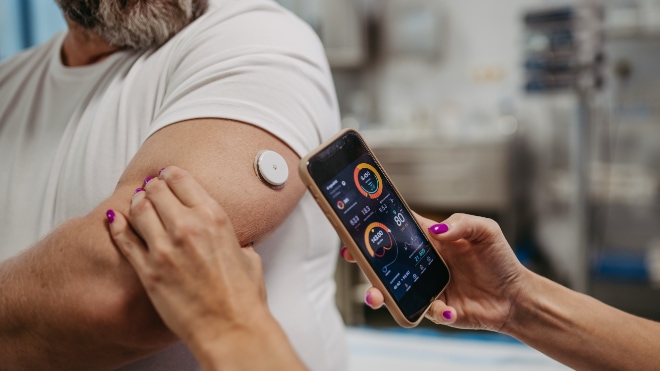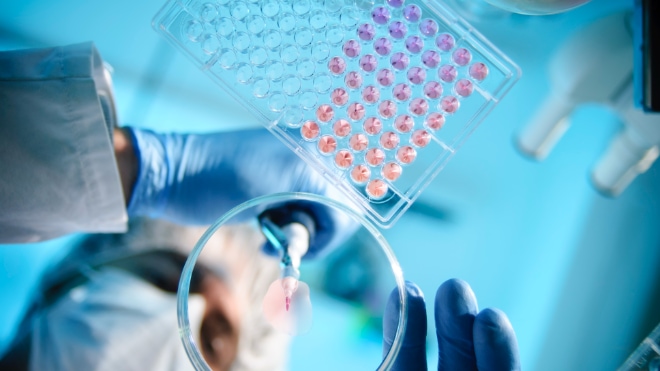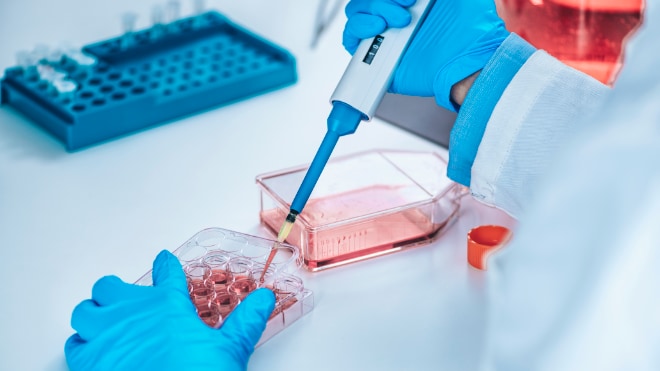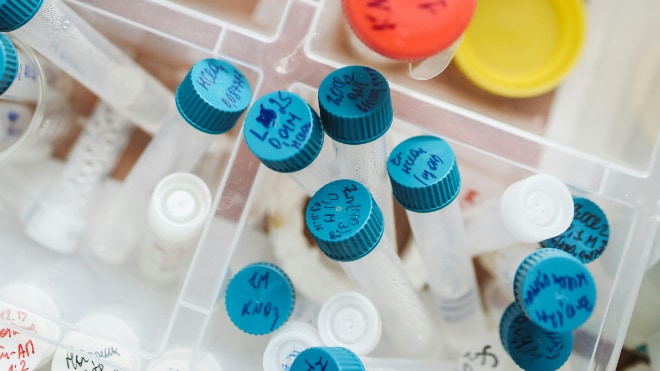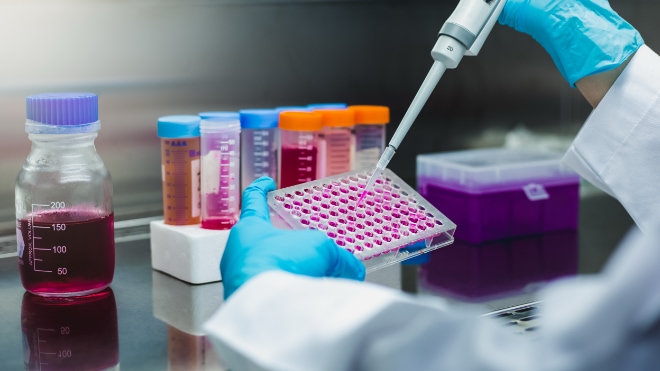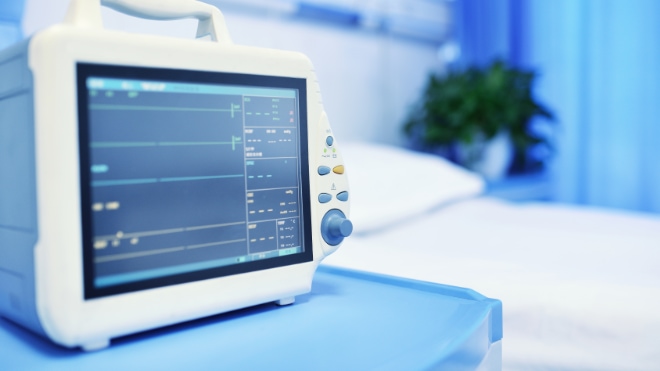
The European Parliament and the Council of the European Union recently amended the EU Medical Device Regulation (MDR) and the EU in vitro Diagnostic Medical Device Regulation (IVDR) with Regulation (EU) 2024/1860.
In this article, we explain how in two key areas these amendments reinforce important elements of the previously published regulatory framework, helping maintain the high quality and safety standards of medical and in vitro diagnostic devices.
1. Gradual roll-out of the European database on medical devices (EUDAMED)
This update requires that the Commission set up, maintain, and manage EUDAMED, a framework comprising seven interconnected electronic systems. EUDAMED aims to provide better transparency and traceability of medical and in vitro diagnostic devices among EU member states. Four systems are complete to date, and two more are expected to be finished in 2024. The European Commission recently updated the EUDAMED roadmap, outlining key roll-out dates.
However, the complexity of clinical investigations and performance studies poses a significant challenge, leading to delays in implementing EUDAMED across member states. As a result, EUDAMED will gradually roll out as individual electronic systems, with each system being implemented after thorough verification by the Commission.
2. Ensuring a smooth transition to the IVDR
The transition from the EU Medical Devices Directive (IVDD) to the IVDR poses a challenge for manufacturers, as shown by comparing conformity assessment applications and certificates issued by Notified Bodies. With the transitional period ending on 26 May 2025, there is a high risk of shortages of critical in vitro diagnostic medical devices, especially high-risk (Class D) devices.
Thus, the transitional period has been extended to prevent device shortages, protect patient health, and mitigate market disruption. This extension aims to provide manufacturers and notified bodies with the time necessary to complete the necessary conformity assessments. As part of this, manufacturers must inform the relevant authorities of any perceived disruptions or discontinuation of medical devices that could harm patients or public health.
Looking ahead
These changes collectively aim to strengthen the regulatory framework for medical and in vitro diagnostic medical devices, improve safety and transparency, prioritise public health and foster medical device innovation.
At Mantra Systems, we are medical device regulatory experts with a track record of successful regulatory submissions. Please contact [email protected] if you have any questions about this article or would like to to find out how we can help you overcome regulatory challenges and gain approval for your device.







